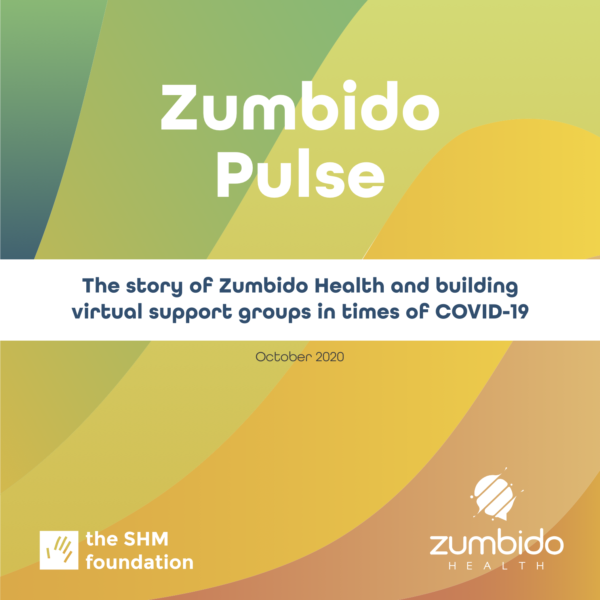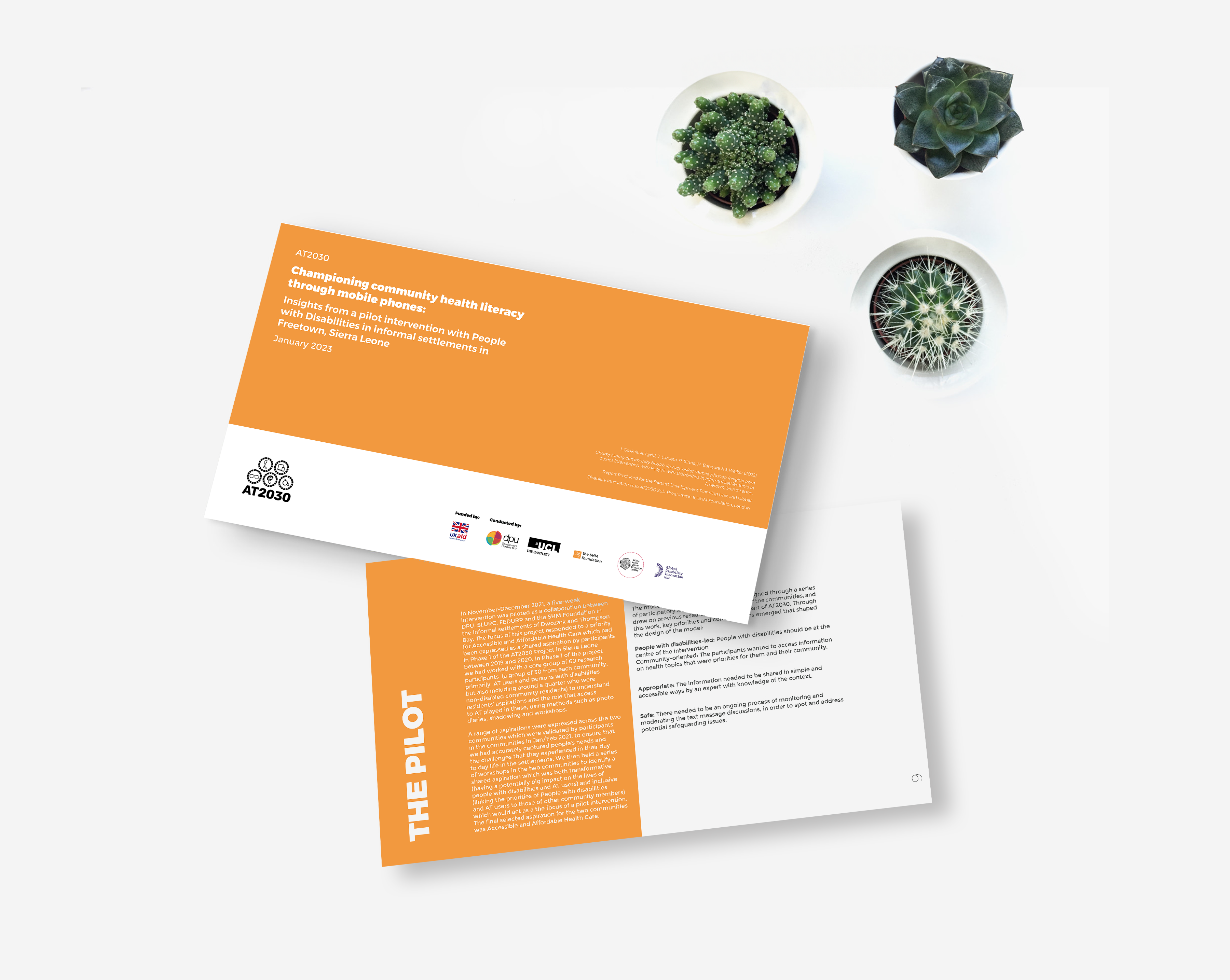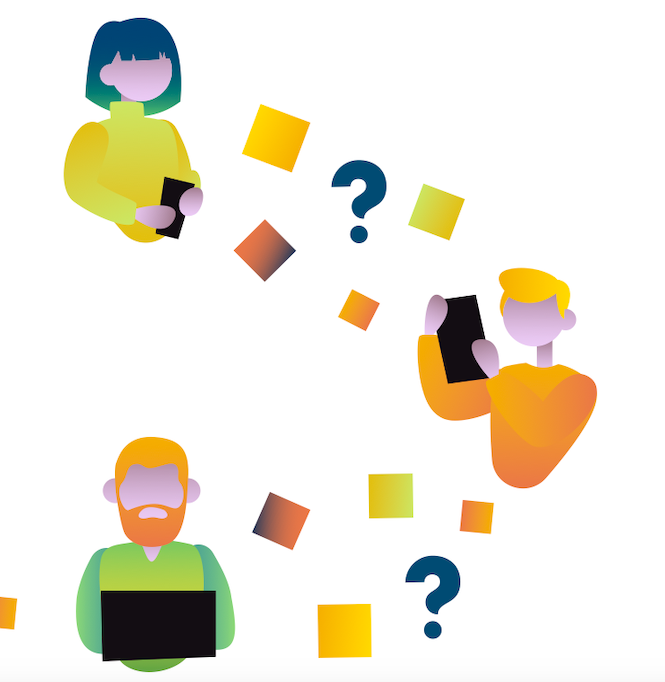
Zumbido Pulse: Building virtual support groups during Covid-19
In the first issue of Zumbido Pulse, we're introducing the story of Zumbido Health and sharing our insights on designing virtual support groups to combat social isolation
Published on Jan 13, 2021
Zumbido Pulse: Building virtual support groups during Covid-19
In the first issue of Zumbido Pulse, we're introducing the story of Zumbido Health and sharing our insights on designing virtual support groups to combat social isolation
Published on Jan 13, 2021

Welcome to the first edition of the Zumbido Pulse!
In our first issue, we would like to introduce you to the story of Zumbido Health and sharewith you our insights on designing virtualsupport groups to combat social isolation.
Although social isolation is not just a consequence of the COVID-19 pandemic, the current crisis has made this issue more visible and urgent in our lives and communities.
It is important to find new ways to stay connected with each other, so that we can stand strong together, with more innovative programs and better connection with each other, ourcommunities and partners.
Finding ways to forge human connection amidst practical, emotional and social barriers is the unifying theme Zumbido Health, and this is what we'll explore further in the the issues of ZP that follow.
Read the full edition of Zumbido Pulse here

The story of Zumbido
Twelve years ago, Anna Kydd (now Director ofthe SHM Foundation), was living and working inMexico, running a café with her partner inGuadalajara, when she noticed a problem. Menand women living with HIV were facing high levels of stigma and had fewopportunities or spaces to share their storiesand find solace, support and advice from theirshared experiences. This sense of isolation was having a negative impact on both their mental and physical health.
Anna wanted to create a project to combat this problem. And so, working with Maurice Biriotti (CEO of SHM Productions, a consultancy firm), she co-founded a project called Zumbido, looking at how to provide support systems for those living and affected by HIV in Jalisco, Mexico.
After months of research, they designed a model that would connect those who were feeling isolated while allowing them to stay anonymous if they wished to.
This was at a time when mobile phone ownership was low and smart phones rare, but the mobile phone seemed like the perfect tool to enable this model: it was accessible and enabled immediate and intimate communication. Using a group SMS technology, Maurice and Anna designed a support group via text message, allowing participants to send and receive text messages within a closed group of 10 to 15 participants in rural and urban areas of Jalisco.
With today’s technological advancements, this doesn’t seem like anything extraordinary. Yet at that time it created a very innovative and unusual way for people to connect with othersliving in similar situations. Within a month,the group participants exchanged over 500,000 text messages – a fact that did not go unnoticed by one of Mexico’s biggest mobile phone providers. Over the next 12 years, the model has been refined,adapted and replicated in the UK, South Africa, Guatemala, Zambia and Zimbabwe.
How Zumbido works
Named after the first project in Mexico, today the model is known as the Zumbido Health model. It represents the core of the SHM Foundation’s work in mental health.
The Zumbido Health model uses mobile phones to create social support groups for vulnerable, socially isolated groups.
It is a time-bound social support program where in participants are placed in support groups of 10-15 peers who share similar experiences. These support groups are enabled by a digital platform, where participants discuss - peer to peer, at any time, via text message - a range of issues pertinent to their condition or needs.
The primary purpose of our model is to produce a space for people living with difficult and stigmatised health conditions, where they not only access support and feel less lonely, but they can also offer support to others experiencing similar situations.
We strongly believe in the importance of accessible mental health support for socially isolated groups. Evaluations and analysis of our work have found that decreasing social isolation results in a reduction of internalised stigma and improvement in wellbeing.
After taking part in theZumbido Model, participants say that they are:
- More inclined to be adherent with their medication andt reatment, producing positive outcomesfor their physical health
- More empowered to deal with situations of violence or stress,and to disclose their issues or diagnoses to their families and partners
- More able to support others atwork or at home
- Less likely to develop common mental disorders like depression or anxiety; or develop severe mental disorders such as psychosis

More relevant than ever
The COVID-19 pandemic has, for many, made the threat of social isolation more starkly visible than ever before, as many people around the world have felt its impact on their own lives for the first time. Groups already vulnerable to experiencing isolation are more at risk than ever.Opportunities for providing face-to-face social support have been limited due to necessary social distancing and lockdown measures.
The need for virtual social support and mental healthcare systems has never been more acute.
We, at the SHM Foundation, have therefore felt a responsibility to continue to expand our work through the Zumbido Health model. In September, we launched digital support groups for HIV-positive adolescents in South Africa and Zimbabwe, and for HIV-positive pregnant women in Zambia. We are very happy, and proud, that we have been able to continuedoing what we believe in: bringing much-needed mental health support to those in need.
We know that there are many other organisations around the world doing amazing work to support the communities they work with – and searching for new ways to reach them during these uncertain times. Digital technologies offer a way of overcoming the challenge of distance and present feasible solutions. But we know from experience that, when designing a digital intervention, there are some important questions that need to be considered before diving into the technology itself.
What started as a team discussion has become a compilation of our learnings from a decade of Zumbido about the steps that come before thetechnology.
The answers to these questions provide a solid foundation on which to build a successful digital intervention.

What kind of space are you trying to create?
Much like in the physical world, there are many different types of virtual spaces. It is important to take some time thinking about what you want that virtual space to be like. Do you want it to be busy? Formal? Informative? Relaxing? Social? For instance, do you want the space to feel like a living room, a reading group, a classroom, a café, a workshop, a traditional support group?
These spaces can all have different characteristics. Take some time to work out what the population you are working withneeds and what the overall aim is. Working out what those characteristics are and thinking about how you can recreate them in the virtual world is really important.
How do you create that space virtually?
What are the practical implications of building a virtual space that’s informative and busy,
like a lecture hall, or that’s informal and relaxing,like a lounge?
Questions you could consider:
o Who is in the space?
o How many people are in it?
o Who’s facilitating? Is anyone in-charge?
o Are there any ground rules? What are they?
o What media are used for communication and why?
o How long does the space stay open?
How can you creatively engage the people who are going to use that digital space, to build it with you?
Successful digital interventions meet the needs and desires of the users, and suit their digital preferences. In our experience, these spaces need to be co-designed with potential users to genuinely meet those needs and desires.
This is about more than simply asking potential users whether they want to use a particular type of technology: it’s about really understanding their needs. Finding creative ways to get people to express what they want from a group can bea powerful way of gaining that insight. Tools suchas storytelling, role plays, and images can be very effective in enabling this.
What are the ethics around creating that space?
Finally, when thinking about launching a virtualspace, you need to take into consideration the ethical implications of your chosen set-up.
o How will data be used and shared?
o How do different technologies and platforms vary in their levels of privacy?
o How important is confidentiality for your group of users, and what do you need to do to protect it?

We hope these insights will prove useful to organisations and individuals planning to use digital technologies to provide social support, or take their interventions online.
Please feel free to share with others, and if you have specific questions don’t hesitate to get in touch!

Contact Us

Have a challenge you think we could help with? A project you'd like us to collaborate on?
Just want to say hi? Reach out - we love meeting new people